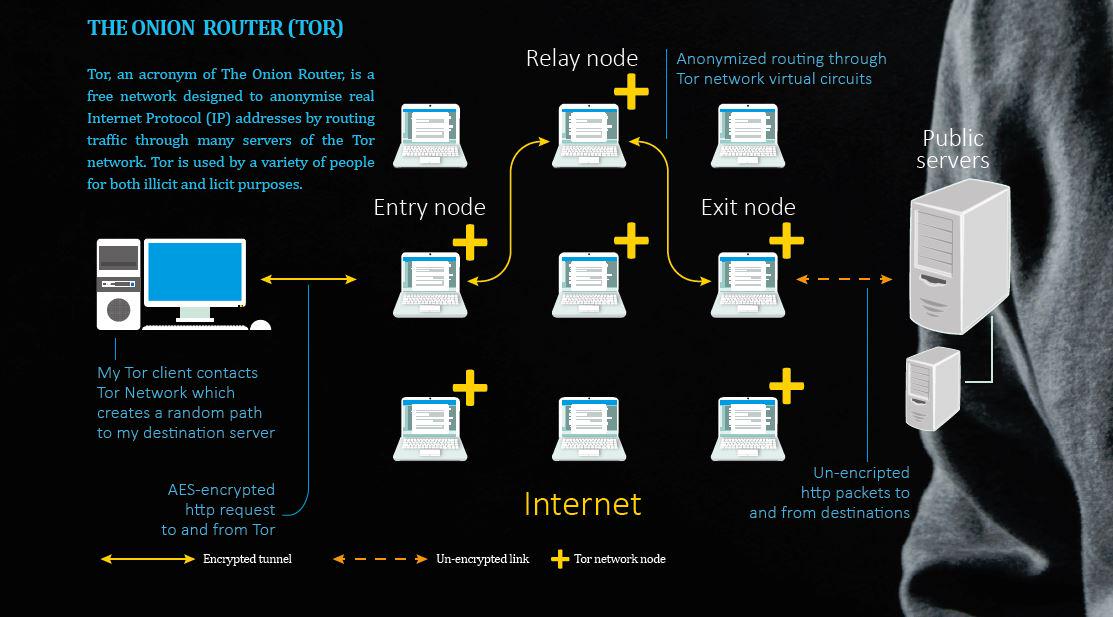

> you enter the URL > multiple internal gateway nodes > exit node > destinationĪs you can see, Tor introduces a number of intermediary steps (the italicized ones) in what would normally be the process. Now you start to understand why it is called the onion router: the protection it offers is similar to the multiple layers of an onion.įor example, with Tor enabled if you visit route this request (data) takes looks like this: So even if a snoop could trace the IP address arriving at the exit node before the request was forwarded to the final destination, your IP address is still protected by 2 more intermediate relays. The exit node remains unaware of the source of the original request, protecting your IP address.

Your true IP address remains untraceable because your data travelled through a number of relays before reaching the exit node. These features mean that the destination of your web requests will be able to detect only the transmitted IP address of the exit node (the last contact point of your request with Tor). This protects your data from being monitored whether by your ISP, governments, hackers or other potential snoops and adversaries. In addition, data transmitted over the Tor network is encrypted. Two relays act as inside relays, transmitting the data within the Tor network, and the last relay functions as an exit relay (or exit node) which transmits the data outside the Tor network to the final destination. Anybody can set up a relay and doing so helps support the important cause of online anonymity.īy default, data sent over the Tor network travels through at least three relays before reaching its final destination (for example, the web page you want to visit). Crucially, Tor camouflages your connection by sending data packets through a virtual path of randomly selected relays (also called nodes) set up by Tor and its volunteers all around the world.


 0 kommentar(er)
0 kommentar(er)
